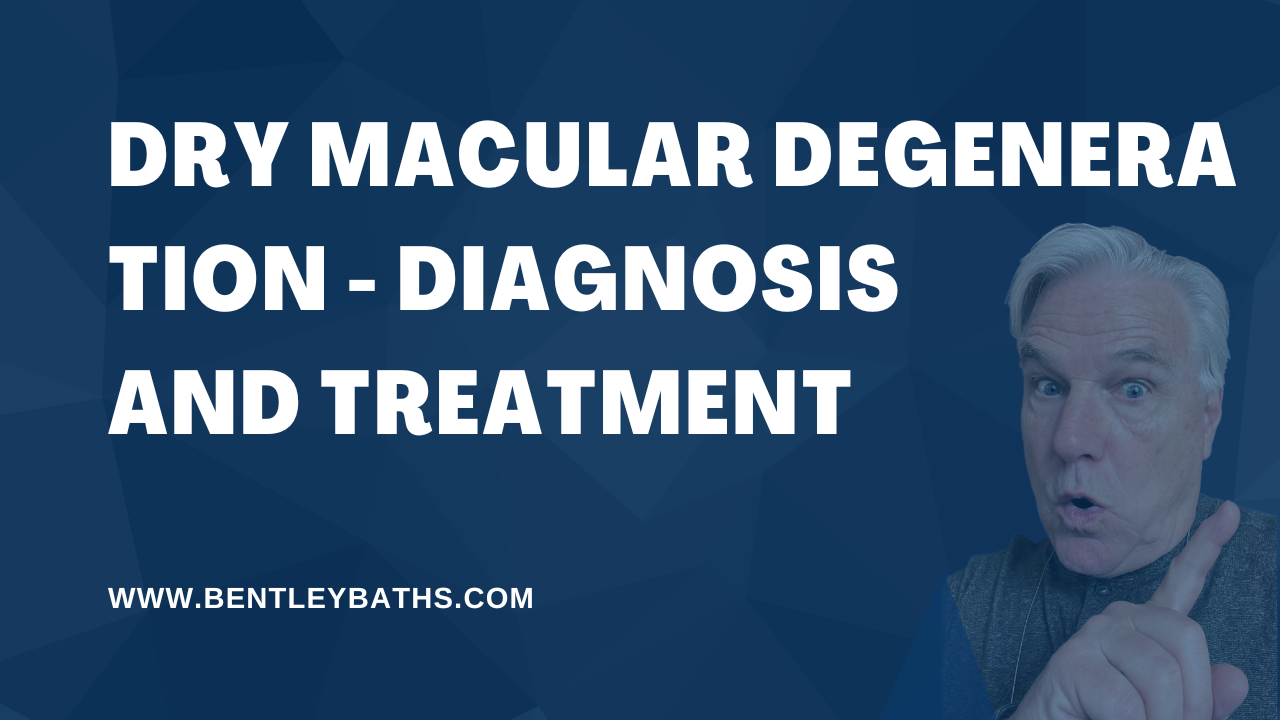Dry macular degeneration – Diagnosis and treatment

Dry macular degeneration, also known as non-neovascular age-related macular degeneration, is one of two major types of age-related macular degeneration (AMD). AMD is a progressive eye condition that affects the macula, the central part of the retina responsible for detailed vision. In this essay, we will explore the diagnosis and treatment options for dry macular degeneration.
The diagnosis of dry macular degeneration is made by a comprehensive eye examination. The examination includes a visual acuity test, dilated eye exam, optical coherence tomography (OCT) scan, and fundus photography. In the OCT scan, a noninvasive imaging test, light waves are used to produce cross-sectional images of the retina. Fundus photography involves taking pictures of the retina using a special camera. These diagnostic tests can detect the presence of drusen deposits under the retina which are a hallmark of dry macular degeneration.
Dry macular degeneration does not have a current treatment. The disease’s progression can be slowed down or stopped by several therapeutic approaches, though. Lifestyle modifications are one of the most crucial components of treatment. The chance of developing dry macular degeneration can be decreased by quitting smoking, engaging in regular exercise, eating a nutritious diet high in green leafy vegetables, and managing high blood pressure and cholesterol levels.
In addition to lifestyle changes, there are also nutritional supplements that have been shown to slow down the progression of dry macular degeneration. In people with intermediate or advanced AMD, a combination of vitamins C and E, lutein, zeaxanthin, and zinc reduced the development to advanced AMD by 25%, according to the Age-Related Eye Disease Study 2 (AREDS 2).
OTHER TREATMENT OPTION
Another treatment option for dry macular degeneration is the use of low-vision aids, such as magnifying glasses and electronic devices that can enlarge text and images. These aids can help individuals with dry macular degeneration better see and perform daily activities, such as reading and driving.
Several investigational treatments for dry macular degeneration are currently in clinical trials. These treatments include gene therapies, stem cell therapies, and drugs that target inflammatory processes in the retina. While these treatments are still in the experimental stage, they hold promise for future treatment options for dry macular degeneration.
It is important to note that dry macular degeneration can progress to the wet form, also known as neovascular AMD. This occurs when abnormal blood vessels grow under the retina and leak fluid, causing rapid vision loss. Early detection and treatment of neovascular AMD can help prevent further vision loss. Treatment options for neovascular AMD include injections of anti-VEGF drugs, which can stop the growth of abnormal blood vessels.
In conclusion,While there is no known treatment for dry macular degeneration, there are a number of approaches that can help the condition advance more slowly or not at all. The existence of drusen, a sign of dry macular degeneration, can be found with a thorough eye exam. Options for those with dry age-related macular degeneration include dietary adjustments, nutritional supplements, low vision aids, and experimental therapies. It is crucial to remember that treating neovascular AMD at an early stage can stop further vision loss. Maintaining good eye health and avoiding vision loss from dry macular degeneration require routine eye exams with an ophthalmologist or optometrist.









